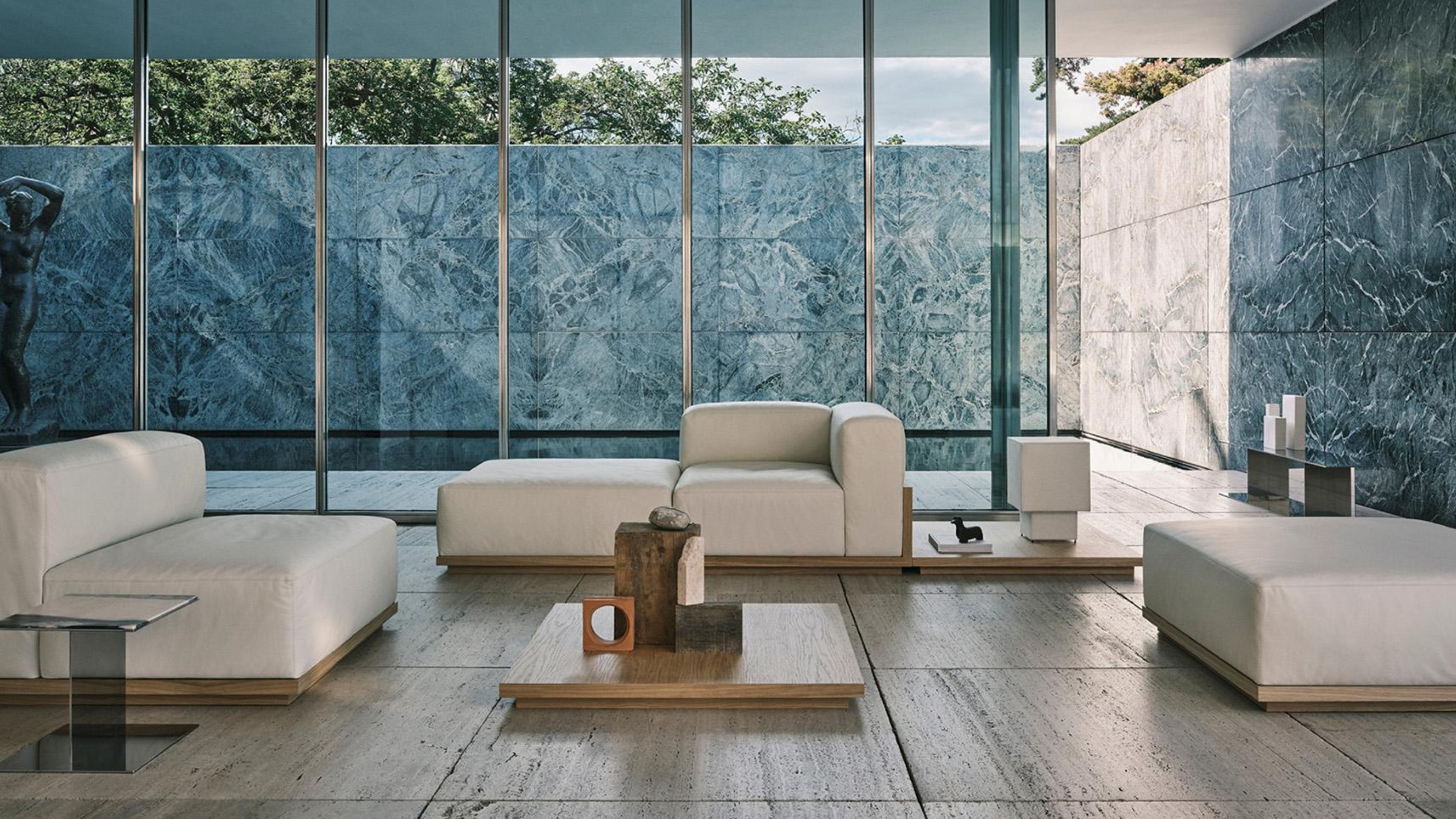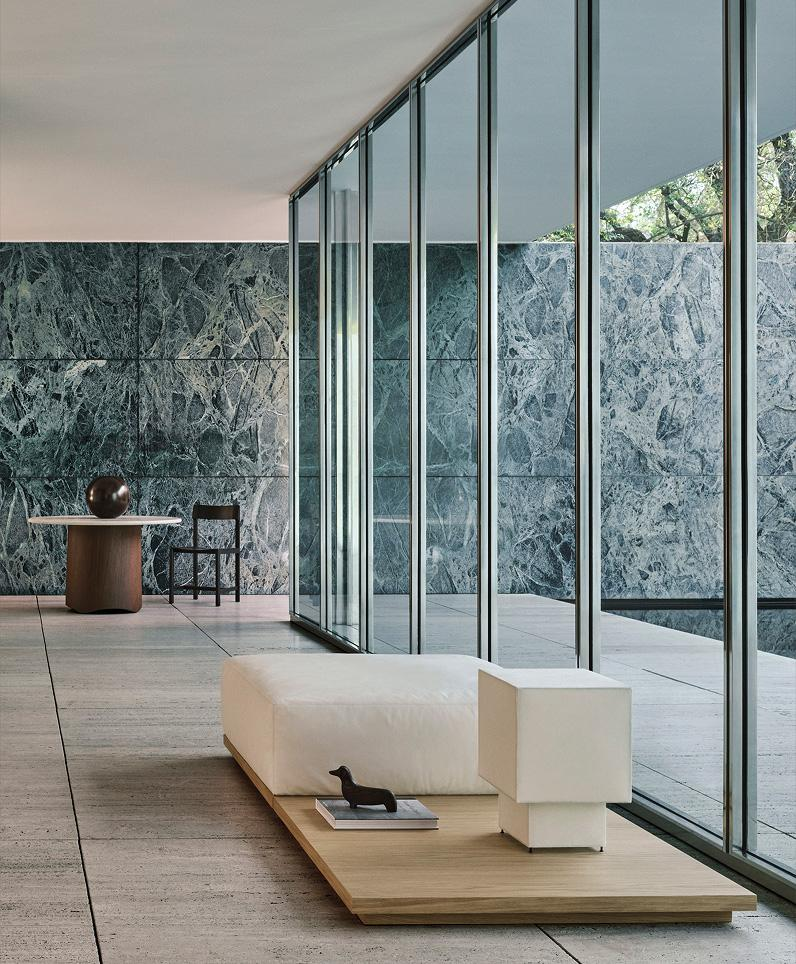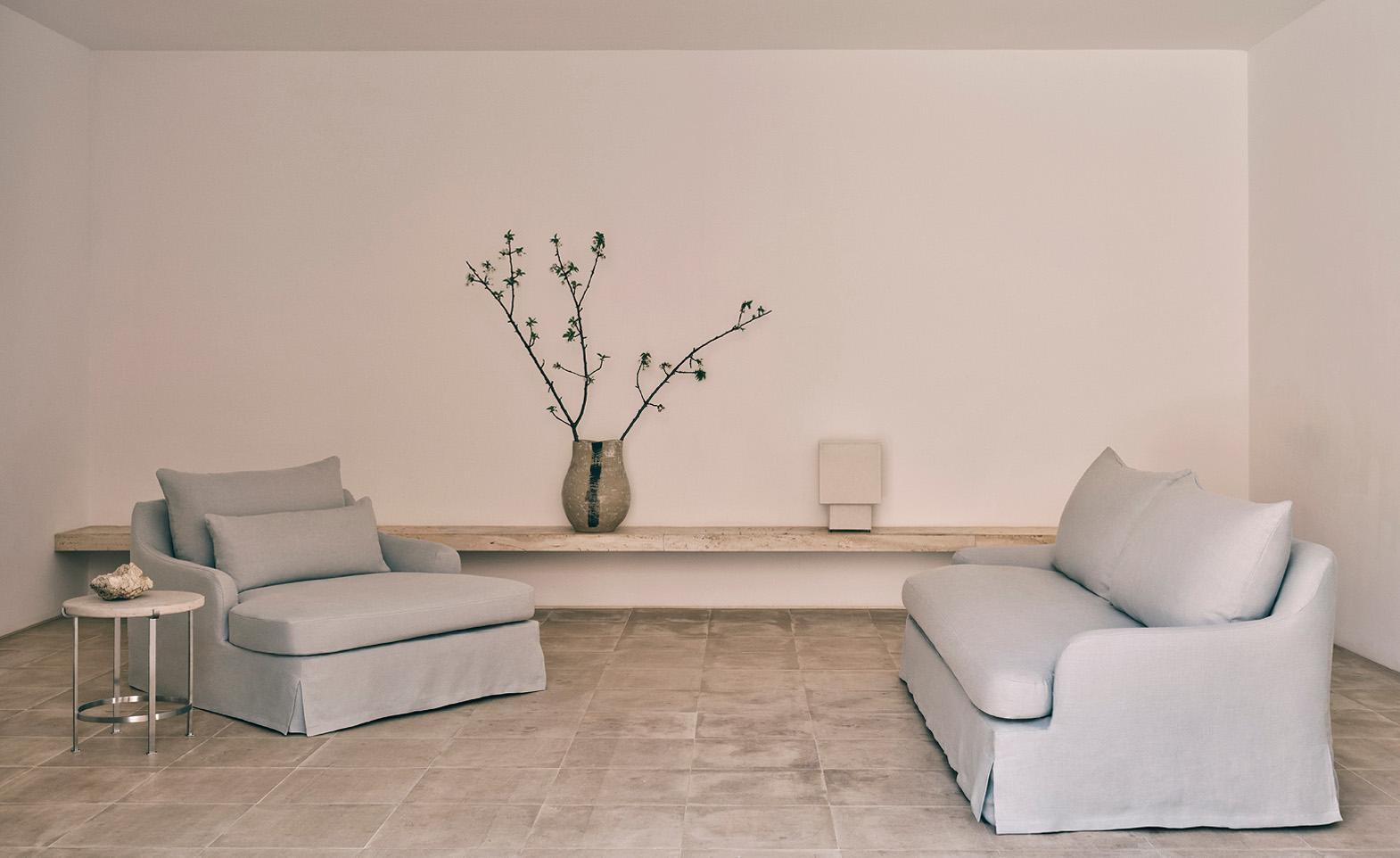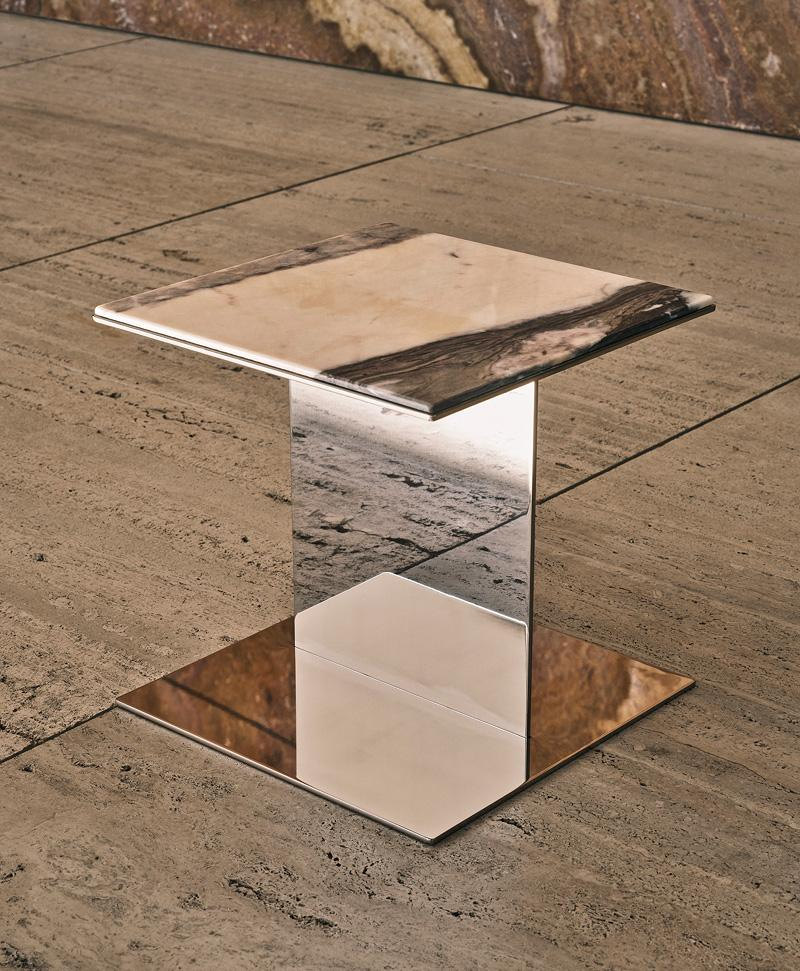
Belgian-born architect and designer Vincent Van Duysen has spent decades steering clear of trends. So why is he on his fourth collaboration with Zara Home, the interiors arm of one of fashion’s most trend-led giants? It’s a strategic move for both, but more importantly, it marks a shift in Zara Home’s design identity.
The brand, known for its seasonal turnover, now leans into permanence. This ongoing interior collection — spanning furniture, objects, and textiles — feels grounded in longevity and intent. “It represents a distillation of my own design DNA — everything I’ve come to stand for in design over the last 30 years,” Vincent shares in a press release. “I am able to focus on the essence of my philosophy and translate it in a way that’s very pure.”
Early in his career, Vincent worked under post-modernists Ettore Sottsass and Aldo Cibic — pioneers of the Memphis movement. That influence is clear here: there’s a reverence for form, only to subvert it, pare it back, and build something more considered. “In a way, you could recognize the geometrical language in my work, a pureness of its forms,” Vincent notes.
But this collection doesn’t hinge on obvious shapes: “It’s the way the combinations of all these geometrical shapes create one new form, a rational silhouette that is more than the sum of its parts," he explains. "So the lines are very clean, but it is a simplicity that still invites comfort.”

That comfort shows up in modular sofas, designed for real homes, and in his material choices — solid oak, saddle leather, breezy linen — “materials with nothing to hide,” he says. “There is a transparency to the way they show their innate qualities, their flaws, and their origins that feels very alive. Very human.”
For Vincent, the collaboration scratched a different kind of creative itch — speed, noting that the first collection was turned around and photographed in just a few weeks. That rapid pace is unquestionably Zara; the design sensibilities, entirely his own.

And while the process moved quickly, the results are anything but rushed. The details — and the pricing — reflect it.
A sofa might cost up to £11,900, a rare high for Zara, but a steal by Vincent's standards. There are also smaller, more accessible pieces: a wooden dachshund figurine for £49.99, and dinnerware starting at just £17.99. (See more below.)

In that way, the result is something of a hybrid — Zara in reach, but Vincent in spirit. These pieces aren't meant to be replaced in six weeks. They’re meant to live with you. To evolve. And for Vincent, this collaboration is a democratization, bringing his minimalist ethos into a living room of your own.
If Zara Home once felt too fleeting to take seriously, this ever-growing collection shifts the dialogue. We’re paying attention.
Shop Collection 04 by Vincent Van Duysen below.
Available in four sizes ranging from £17.99 to £339.99, these rounded, lightweight oak wood bowls work beautifully solo or nested together. Their varied scale reflects the collection’s architectural spirit.
The perfect daybed. Vincent’s reverence for tradition (and willingness to subvert it) comes through in the barely-there steel legs, down-filled cushions, and soft leather upholstery that unzips for easy cleaning.
If these raw-edged, topstitched linen napkins feel familiar, it’s because they are: a returning favorite from Vincent’s earlier Zara Home collections. This time, they’re offered in a new icy blue that plays especially well with warm woods and caramel leather. Made in Portugal, they only get better by the wash.
This is one of the more entry-level rugs in the drop — and, somewhat unexpectedly, one of Vincent’s personal favorites. The striped kilim recalls a quietly grounding design in his own Antwerp home. Each is woven from wool using traditional techniques, so no two are exactly alike.
What can’t a good stool do? This sling-seated version in saddle leather (as in, intended for actual saddles) slips neatly beneath tables or rests beside your favorite chair, always within reach. The built-in shelf below is a clever bonus, just large enough for whatever you’re reading. Also available in black-on-black monochrome.
If there’s one piece that distills the entire collaboration’s ethos, this is it. A side table where rich marble (in maroon or black) meets polished stainless steel, creating the illusion it’s floating. Use it for lamps, books, or drinks — or, better yet, just let it sit pretty and speak for itself.
Right now, the best homewares are coming from fashion brands. Just look to Arket — whose bamboo-handled salad servers go toe-to-toe with its boat-neck blouses.







